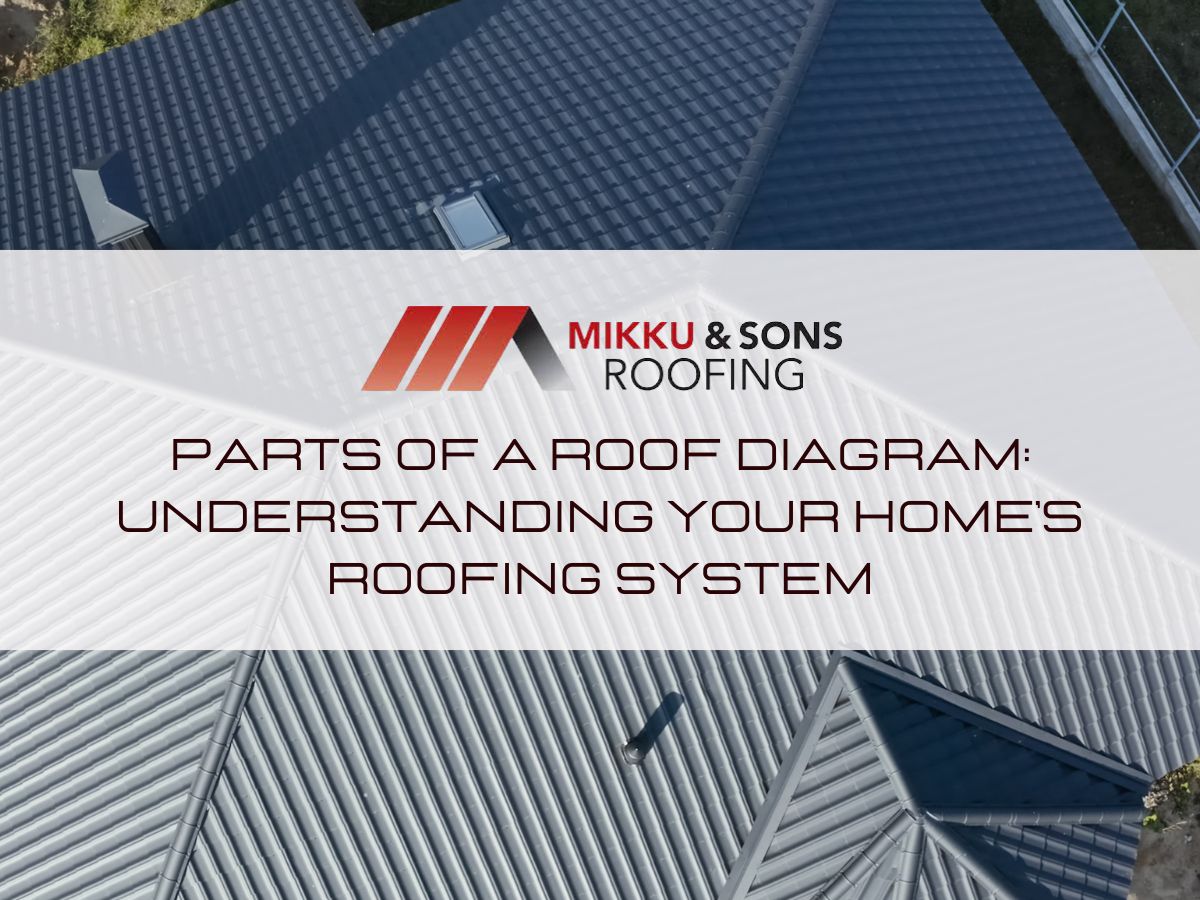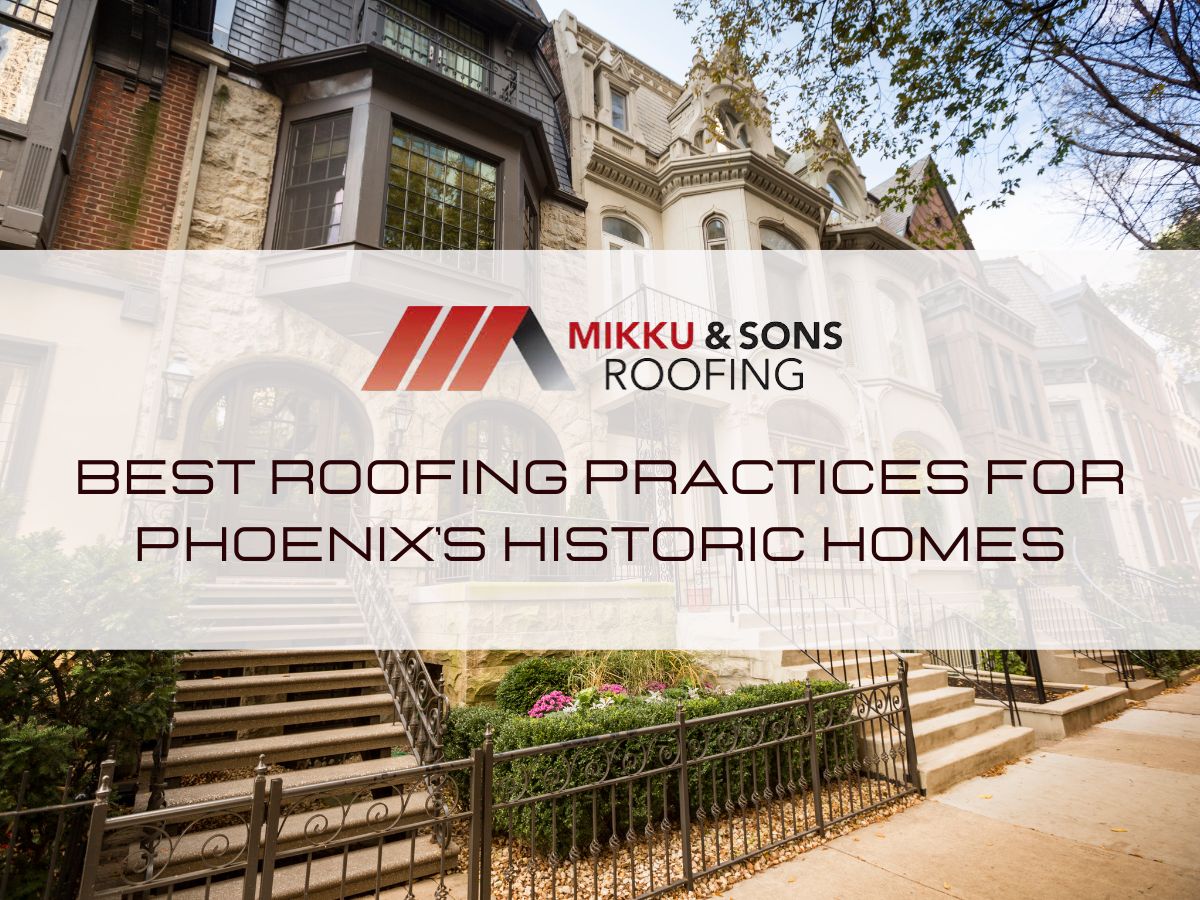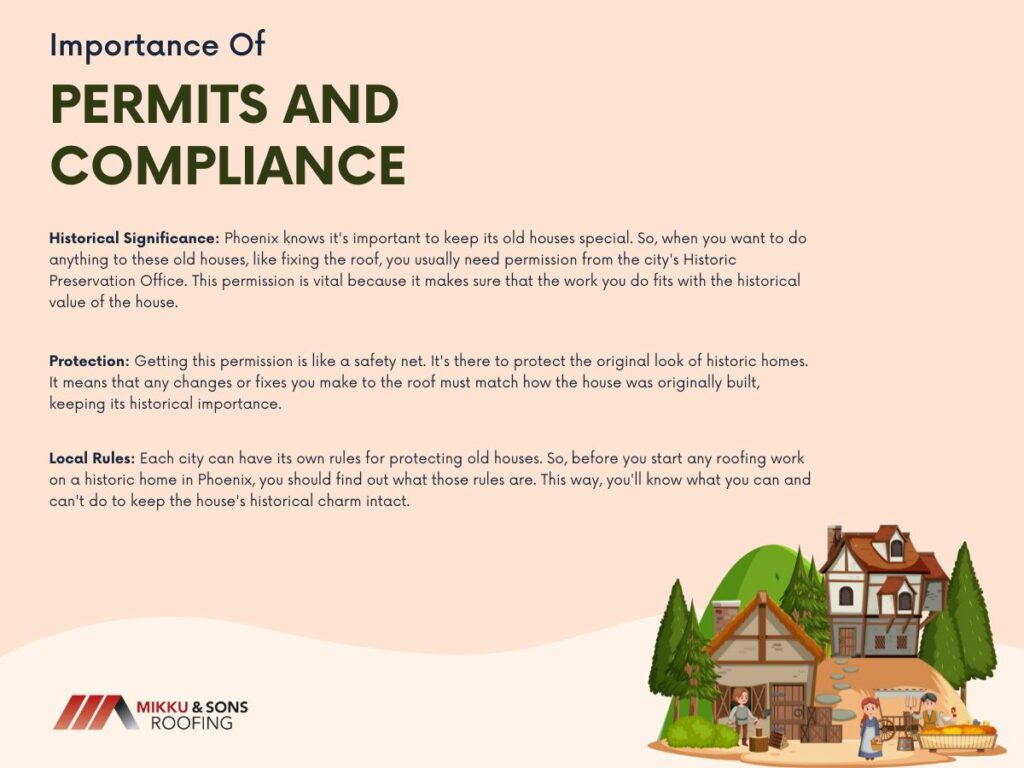

Phoenix, Arizona, is a city that is proud of its rich historical past, and its collection of historic residences is one of its most notable features. These modest homes, which range in architectural style from Spanish Revival to Bungalow and each tell a different tale of Phoenix's growth and development.
A historic home tends to be associated with elaborate woodwork, huge porches, and distinct personalities. But one sometimes disregarded feature that's just as important is the roof. Best roofing practices for Phoenix's historic homes include regular inspections and maintenance to preserve the structural integrity of these valuable properties. This is not only crucial for the safety and comfort of the residents but also for the city's architectural legacy.
There is more to historic home and building preservation than just maintaining the past. In addition to creating a rich culture in the present and providing meaning for the future, it narrates the tale of the past.
Most homeowners are able to strike a compromise between their budgets and aesthetic preferences when it comes to roof replacement, but historic property owners find this to be a more challenging decision. Historical organizations govern certain homes, and the owner of a historic home might not be permitted to add a contemporary roof.
If there are no such limitations, a contemporary roof that mimics the old roof's traditional style is an alternative, albeit it will probably require more upkeep. When the owners wish to maintain their original appearance, using the original roofing materials and procedures on historic homes is often possible.
Homeowners who take this route should be careful to schedule routine inspections, usually more frequently than would be required for a modern home's roof, as old building materials and techniques are not as dependable as modern ones.
Phoenix's historic mansions are more than just relics from the past; they are dynamic representations of a bygone period. Like other structural elements, their roofs need to be meticulously maintained to ensure their lifespan and ongoing historical authenticity.
1. Preservation
2. Rehabilitation
3. Restoration
4. Reconstruction
Anybody buying a historic home has to be aware of the particular obligations that come with being a homeowner in this sort of property. Homeowners in historic areas should first carefully go over all of the property's documents, some of which may be quite old.
You can find out the precise details of your home's original roof by consulting documents such as photographs, original designs, insurance carrier surveys, and even newspaper clippings saved by prior owners. To find out if it has any materials that would be useful in your case, you might also speak with a nearby historical society.
Preserving a historic home requires care, attention to detail, and a commitment to maintaining its unique character. Recognize any previous maintenance or renovations done by the previous owners. They ought to be left alone if they have been built correctly and operate properly.
However, they could need to be replaced if the techniques or materials used (such as hard, impermeable cement mortars) are the reason they are deteriorating or causing harm. Always try to carry out repairs in a way that minimizes the amount of upkeep required.

Any homeowner may be impacted greatly from water damage and attic moisture, but historic buildings are particularly vulnerable to these issues. If the roof of a historic property is destroyed, it may be very difficult or perhaps impossible to repair any further water damage.
Historic buildings are more susceptible to rot and mold growth because of their antiquity and the absence of contemporary safeguards against these problems. For the owner of a modern home, a minor leak could be a bothersome issue, but for the homeowner of a historic property, the same minor water damage could be disastrous.
Get to know your home's distinctive characteristics and elements by researching its architectural style and history. Learn about your community's historic preservation policies and follow them when making alterations or additions.
This guarantees the preservation of the home's historic integrity and original character throughout any alterations. In the end, most historic homeowners would rather keep their properties looking the way they did when they first moved in, whether or not that means following rules set down by a local historical authority.
This is a labor of love and is usually far more costly than keeping the roof of a contemporary house in good condition.
It could take months to learn what you need to know about a recently purchased historic home in order to make wise judgments on roof upkeep and care. But problems seldom wait for you to finish your research before arising—that is, extreme weather and unanticipated physical damage.
Sometimes, it's going to be necessary to repair damage to your roof, so make sure the roofer you choose is qualified to conduct the work properly and preserve the historical features of your house. Get in contact with a roofer who specializes in historic home restoration if you need emergency roof repairs.
Local roofers might be acquainted with your building and able to offer you thorough repair method advice. Look for a roofer who can complete your repair project without taking out any significant components or adding anything that could damage the other roof components.
The key to maintaining a historic home is routine inspections. To spot any indications of damage, deterioration, or other hazards, schedule annual inspections with a licensed roofer or historic preservation specialist.
When problems are dealt with early on, they can be prevented from growing larger and more costly later on.
| Inspection Type | Frequency | Description |
| Visual Roof Inspection | Bi-Annually or after severe weather events | Inspect from ground level or using a ladder for any visible damage, such as missing or damaged shingles, flashing, or debris. |
| Roofing Material Condition | Annually | Examine the condition of roofing materials (shingles, tiles, slate, etc.), checking for signs of wear, cracking, or decay. |
| Flashing and Seals Inspection | Annually | Inspect roof flashing and seals around chimneys, vents, and other roof penetrations for any signs of wear, corrosion, or damage. |
| Gutters and Downspouts | Bi-Annually | Clean gutters and downspouts to prevent clogs and ensure proper drainage. Inspect for any damage or loose components. |
| Skylights and Roof Windows | Annually | Check for leaks, ensure seals are intact, and clean any glass or acrylic surfaces. |
| Attic and Roof Deck Inspection | Every 2-5 years | Examine the underside of the roof deck for signs of water damage, mold, or pest infestations. |
| Insulation and Ventilation | Every 5 years | Assess insulation in the attic and ensure proper roof ventilation to prevent moisture buildup. |
| Chimney and Roof Connections | Annually | Inspect the area where the chimney meets the roof for cracks, loose bricks, and flashing issues. |
| Ice Dam Prevention | Seasonally (winter) | Monitor and address ice dams to prevent damage to the roof and leaks. |
| Historical Roof Features | As needed | Carefully inspect and maintain unique historical elements, such as ornate roofing details. |
| Professional Roof Inspection | Every 3-5 years | Hire a roofing professional to perform a comprehensive inspection and make necessary repairs or replacements. |
The primary building materials used in pre-war homes were natural materials like stone, masonry, and wood, all of which are eternally durable with regular upkeep. Making an inspection checklist before starting any maintenance or repairs will help ensure that any faults are quickly found and fixed before they cause problems.
Simple maintenance work, such as fixing a loose roof flashing, should not need any form of consent. But if you want to make repairs to your home you may need permission and should seek advice, especially if your home is listed or in a conservation area.
Preserving and maintaining the historical authenticity of Phoenix's historic homes involves more than just choosing the right roofing materials and conducting proper maintenance. It also requires navigating the complex landscape of permits and regulations, ensuring that any roofing work complies with local preservation guidelines.
Permits and regulations might seem like bureaucratic hurdles, but they are essential for preserving the historical value of Phoenix's historic homes. Complying with these regulations not only protects the architectural heritage but also contributes to the city's unique character and charm.

Whenever possible, choose restoration over replacement when making necessary repairs. The home's authenticity and character is preserved by salvaging the original materials and architectural aspects.
Aim for restoration efforts that align with the original craftsmanship by collaborating with professionals with historic preservation experience. Some believe that replacing a portion of a building is superior to repairs since they last longer.
However, there are valid arguments for why repairs are preferable to replacements. Removing too much of what makes the building unique can harm its meaning and style.
In most cases, repairs are more durable than replacements. Older buildings typically have original materials of a greater grade than their contemporary counterparts.
For your historic home to last a long time, it is important that you shield it from the elements, including water, wind, and sunlight. To avoid water damage, make sure the roof, gutters, plumbing, and drainage systems are in top shape.
A historic home's first line of defense against degradation is its roof. To prevent fading and weathering, clean and restore the roof on a regular basis.
When doing repairs, try to match the materials and building techniques used in your property. By doing this, you can protect your home's original charm and guarantee that repairs will withstand weathering just like the rest of the structure.
| Roof Component | Suitable Materials and Methods | Description |
| Roofing Material | - Slate or clay tiles for historical accuracy | - Slate and clay are durable and can match the historic aesthetic. |
| - Cedar or redwood shingles for a traditional look | - These materials add character and can be appropriate for many styles. | |
| Roof Underlayment | Synthetic underlayment with historical mimicry | Use modern underlayment that mimics the appearance of traditional materials, such as felt paper. |
| Flashing and Seals | Copper or lead-coated copper flashing | - These materials are durable and age gracefully, blending with historic features. |
| Historically-accurate sealants | Use sealants that match the appearance and texture of original materials. | |
| Gutters and Downspouts | Copper, zinc, or galvanized steel | - These materials can match the historical look and are long-lasting. |
| Box gutters or half-round gutters | Choose gutter styles that were common in the era when the house was built. |
The only times this wouldn't apply are when the current material has a weakness or a design defect. If you were just to match it, it might fail or cause greater harm (if a gutter is inadequate, for example).
Only use modern materials and methods where their efficacy in older structures has been demonstrated.
Preserving the architectural heritage of historic homes in Phoenix is a noble endeavor, and maintaining their roofs is a vital component of this mission. The unique charm and historical significance of these homes make them timeless treasures, and our responsibility is to ensure they endure for future generations.
Now that we know how to preserve historic roofs, what about other homeowners? Do these tips still apply to modern homes in Phoenix? The answer is a resounding yes. Whether your home is a vintage gem or a contemporary build, the principles of proper roof maintenance remain remarkably consistent, particularly in Arizona's challenging climate.
